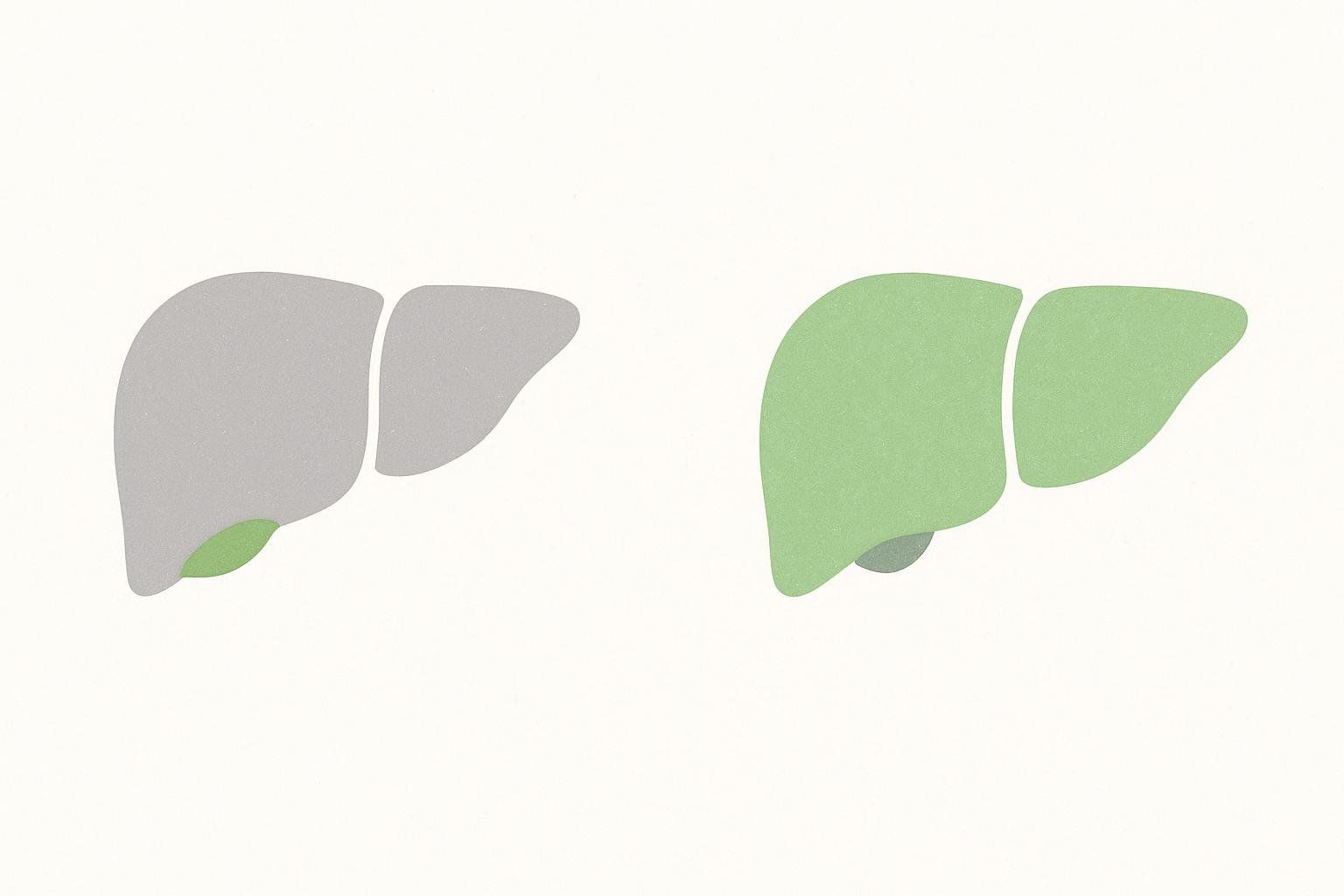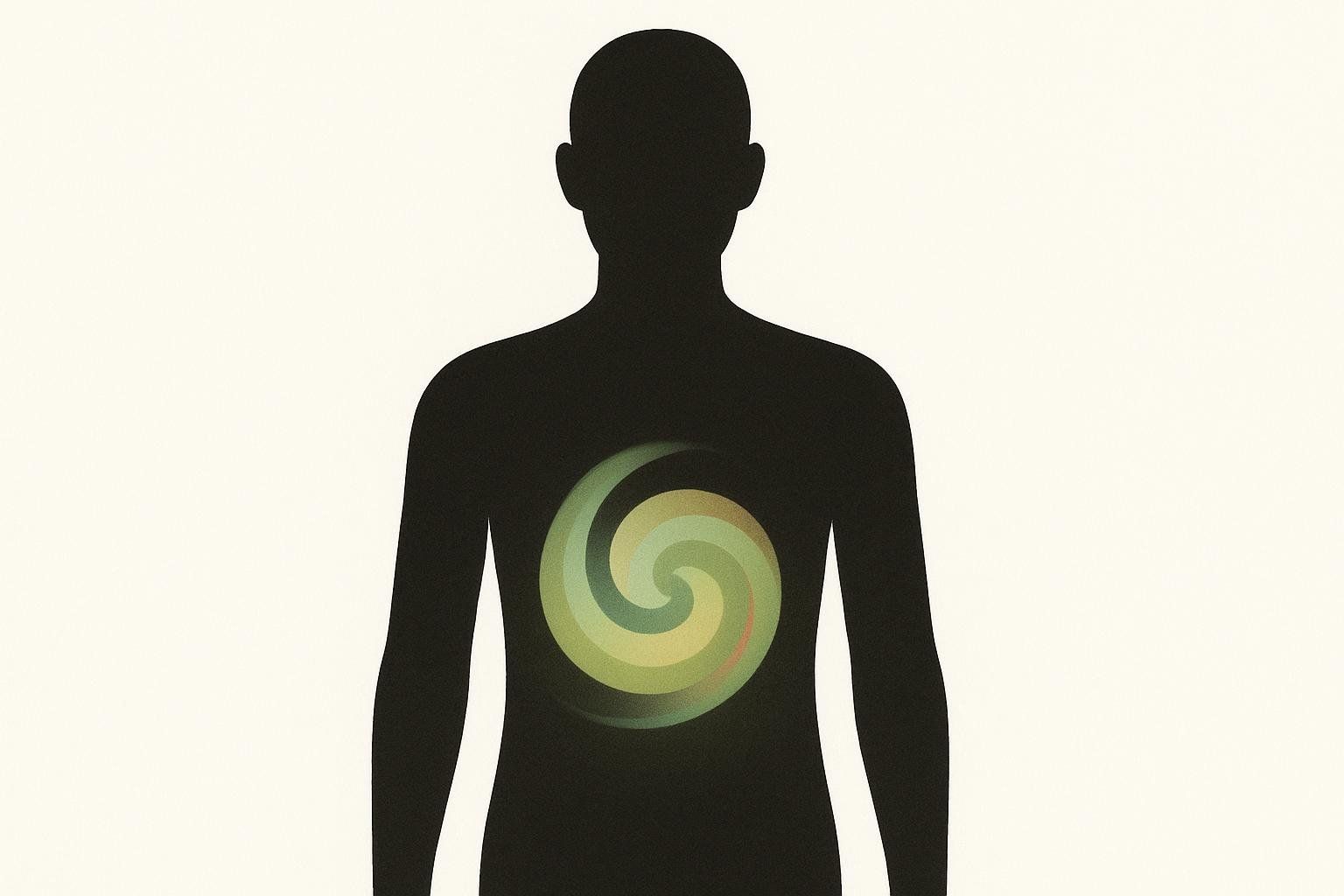Survodutide: Guide to the Weight Loss & MASH Drug Trial

Survodutide: Guide to the Weight Loss & MASH Drug Trial
Educational only — not medical advice. Survodutide is an investigational medicine still being studied in clinical trials and is not approved for any use as of today.
Searching for the latest on survodutide? Here’s the quick version in plain English:
- What it is: a once-weekly shot that targets two pathways (GLP-1 to curb appetite; glucagon to help your body burn energy) (Boehringer Ingelheim; Zealand Pharma).
- What the studies show so far: in a Phase 2 obesity trial (no diabetes), average weight loss reached ~15% at 46 weeks at the highest dose vs ~3% with placebo (PubMed). In biopsy-proven MASH with fibrosis, 43–62% met the primary liver endpoint vs 14% with placebo at 48 weeks (NEJM).
- Where things stand: Multiple Phase 3 trials in obesity and MASH are underway; survodutide has FDA Breakthrough Therapy and Fast Track designations, EMA PRIME, and China NMPA Breakthrough status (Boehringer Ingelheim; Zealand Pharma).
What is survodutide?
Survodutide (formerly BI 456906) is a long-acting, once-weekly injection being studied for obesity and for metabolic dysfunction–associated steatohepatitis (MASH), a progressive form of fatty liver disease. It’s designed to activate both the GLP-1 receptor (helps you feel fuller and supports blood-sugar control) and the glucagon receptor (can nudge the body toward burning more energy and targeting liver fat). The molecule is related to the natural gut hormone oxyntomodulin, which engages both receptors (Boehringer Ingelheim; Zealand Pharma).
Think of it like turning two dials at once:
- The GLP-1 dial turns down appetite and helps steady post-meal blood sugar.
- The glucagon dial may increase energy burn and mobilize fat, including in the liver.

What do the clinical trials show so far?
Obesity (Phase 2)
A randomized, double-blind study in 387 adults with overweight/obesity (without diabetes) tested once-weekly survodutide for 46 weeks. Average weight change was dose-dependent: −6.2% (0.6 mg), −12.5% (2.4 mg), −13.2% (3.6 mg), and −14.9% (4.8 mg) vs −2.8% with placebo. The most common side effects were gastrointestinal (GI) issues like nausea, diarrhea, and vomiting (PubMed).
MASH with fibrosis (Phase 2)
In a 48-week trial of 293 adults with biopsy-confirmed MASH (fibrosis stages F1–F3), survodutide met the primary endpoint — MASH improvement with no fibrosis worsening — in 47% (2.4 mg), 62% (4.8 mg), and 43% (6.0 mg) vs 14% with placebo. Key secondary endpoints included a ≥30% liver-fat reduction in 57–67% vs 14% with placebo and ≥1-stage fibrosis improvement in 34–36% vs 22% with placebo. GI side effects were more frequent with survodutide; serious adverse events were 8% with survodutide vs 7% with placebo (NEJM).

Phase 3 program: what’s next?
Obesity trials
The SYNCHRONIZE-1 (without type 2 diabetes) and SYNCHRONIZE-2 (with type 2 diabetes) trials run for 76 weeks and track percent weight change and response rates (≥5%, ≥10%, ≥15%, ≥20%), plus cardiometabolic measures. Recruitment is complete; primary completion is expected in 2026 (SYNCHRONIZE trial protocol details).

Cardiovascular outcomes
A dedicated CVOT (SYNCHRONIZE-CVOT) will assess effects on major adverse cardiovascular events (MACE) in higher-risk groups (Zealand Pharma).

Liver disease trials
The LIVERAGE (F2–F3) and LIVERAGE-Cirrhosis (F4) trials will evaluate MASH resolution, fibrosis improvement, and long-term liver-related outcomes and mortality. Survodutide received FDA Breakthrough Therapy based on the Phase 2 MASH data, plus FDA Fast Track and EMA PRIME designations (Boehringer Ingelheim).

How does it compare to GLP-1–only medicines?
GLP-1 drugs like semaglutide are powerful appetite suppressors. Dual-agonists add a second lever. With survodutide, the added glucagon activity is designed to influence energy expenditure and liver fat — which may translate into deeper weight and liver benefits for some people. That said, head-to-head trials versus GLP-1–only drugs will be needed for definitive comparisons (SYNCHRONIZE trial protocol details).
Note: Tirzepatide is a different type of dual agonist (GLP-1/GIP) with established efficacy in obesity and type 2 diabetes — see our overview of its branded version, Zepbound (tirzepatide) weight loss results. And the field is moving fast with triple-agonists (like retatrutide) in development — see our guides on Retatrutide dosage and Retatrutide side effects.
Dosing and administration (in trials)
- Modality: once-weekly subcutaneous injection (Zealand Pharma).
- Doses studied: 0.6–4.8 mg in obesity; 2.4–6.0 mg in MASH (PubMed; NEJM).
- Titration: Phase 3 trials use a flexible dose-escalation schedule to help with GI tolerability.
- Approval status: No approved dosing; participation is limited to clinical trials.
Safety and tolerability (what to expect from the data so far)

- Most common issues: GI side effects (nausea, diarrhea, vomiting) were more frequent vs placebo in Phase 2 (NEJM; PubMed).
- Serious adverse events: Similar rates to placebo in the MASH study (8% vs 7%) (NEJM).
- Blood pressure: A post-hoc analysis from the obesity trial found reductions in systolic and diastolic blood pressure across doses; a few participants had hypotension — an observation highlighting the potential need for clinicians to monitor and adjust antihypertensives.
- Ongoing monitoring in Phase 3: The SYNCHRONIZE trials include a trial safety monitoring plan covering pancreatitis, thyroid malignancy, and potential liver injury.
Why body composition tracking matters with powerful appetite drugs
When weight comes off quickly, the goal is to lose fat, not muscle — and to keep bones healthy. Objective body-composition tracking helps you and your care team ensure you are achieving this goal, especially in the belly region where visceral fat carries extra health risk. DEXA scans quantify fat mass, lean mass, visceral fat, and bone density with high precision.
Helpful reads:
- Body composition vs. weight: what matters more
- How to interpret your DEXA results
- Ozempic and muscle: how to prevent lean mass loss
- How accurate is BodySpec’s DEXA?
Quick FAQ
- Is survodutide approved yet? No. It’s investigational and only available in clinical trials (Zealand Pharma).
- How much weight loss is realistic? In the Phase 2 obesity study, the highest dose averaged about 15% weight loss at 46 weeks vs ~3% with placebo. Individual results vary; Phase 3 will clarify the full range (PubMed).
- What about liver benefits? In a 48-week Phase 2 trial, 43–62% met the primary MASH endpoint without worsening fibrosis, and 34–36% had ≥1-stage fibrosis improvement vs 22% with placebo (NEJM).
- Common side effects? Mostly GI (nausea, diarrhea, vomiting). Phase 3 trials use gradual dose increases to help tolerability (NEJM; SYNCHRONIZE trial protocol details).
- Insurance coverage? Not until there’s regulatory approval.
Bottom line
Survodutide is one of the most-watched next-gen incretin-based therapies. Early studies show meaningful weight loss and encouraging liver histology in MASH. With multiple Phase 3 trials underway — and FDA Breakthrough plus EMA PRIME support — the big question is how it will stack up against today’s GLP-1 and dual-agonist options once full results arrive through 2026 (Boehringer Ingelheim; SYNCHRONIZE trial protocol details).
If you’re pursuing weight loss on an incretin therapy, pair your program with periodic DEXA scans to confirm you’re losing fat — not muscle — and to track improvements in visceral fat that matter for metabolic health. Book a BodySpec DEXA scan.


